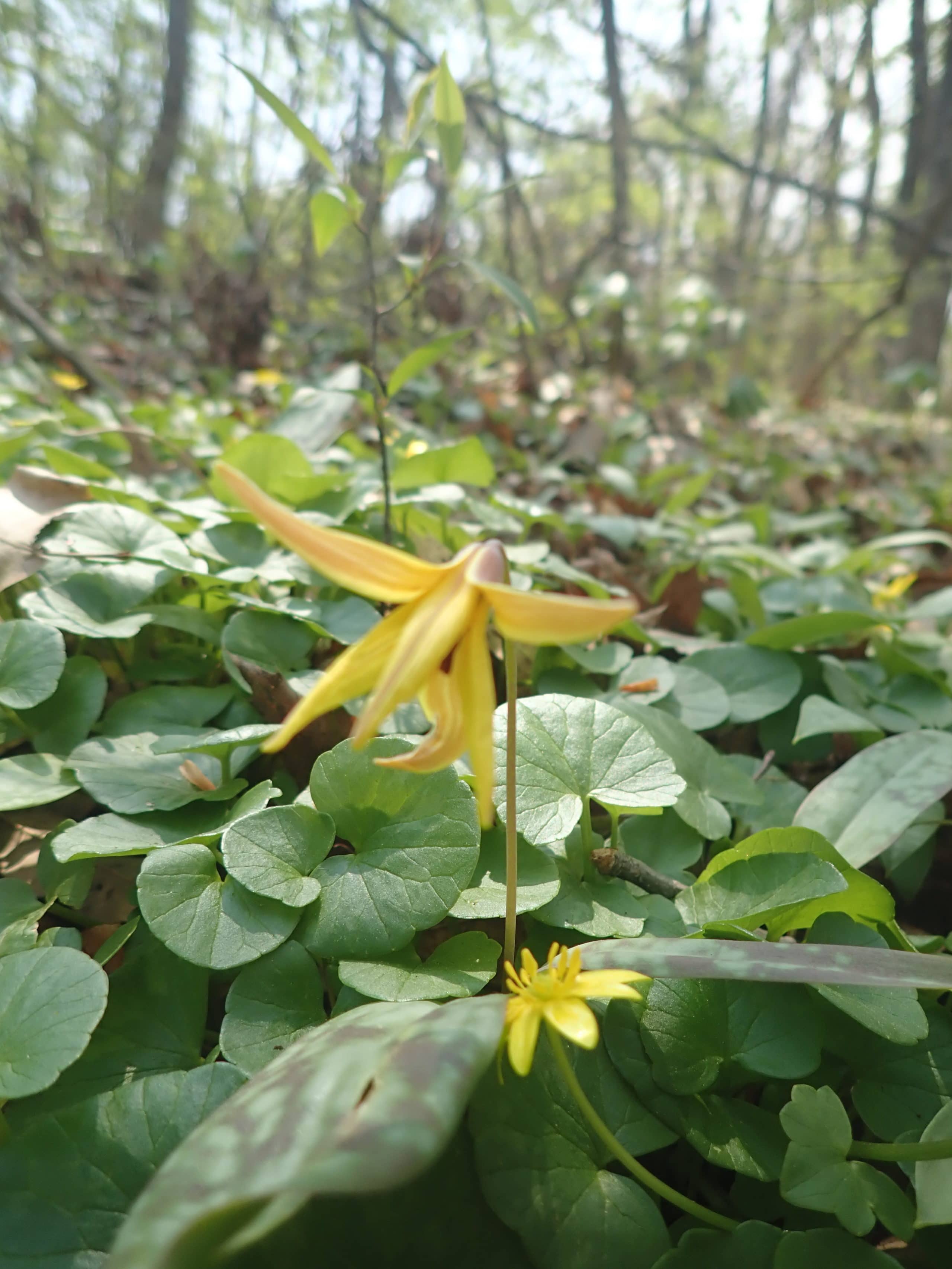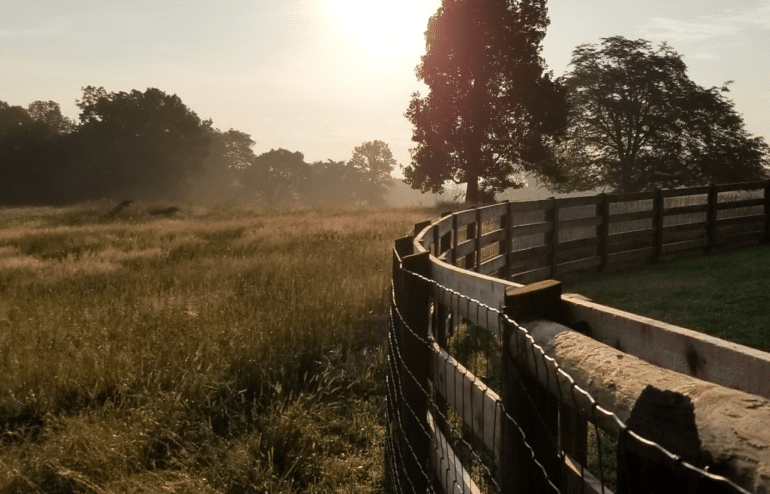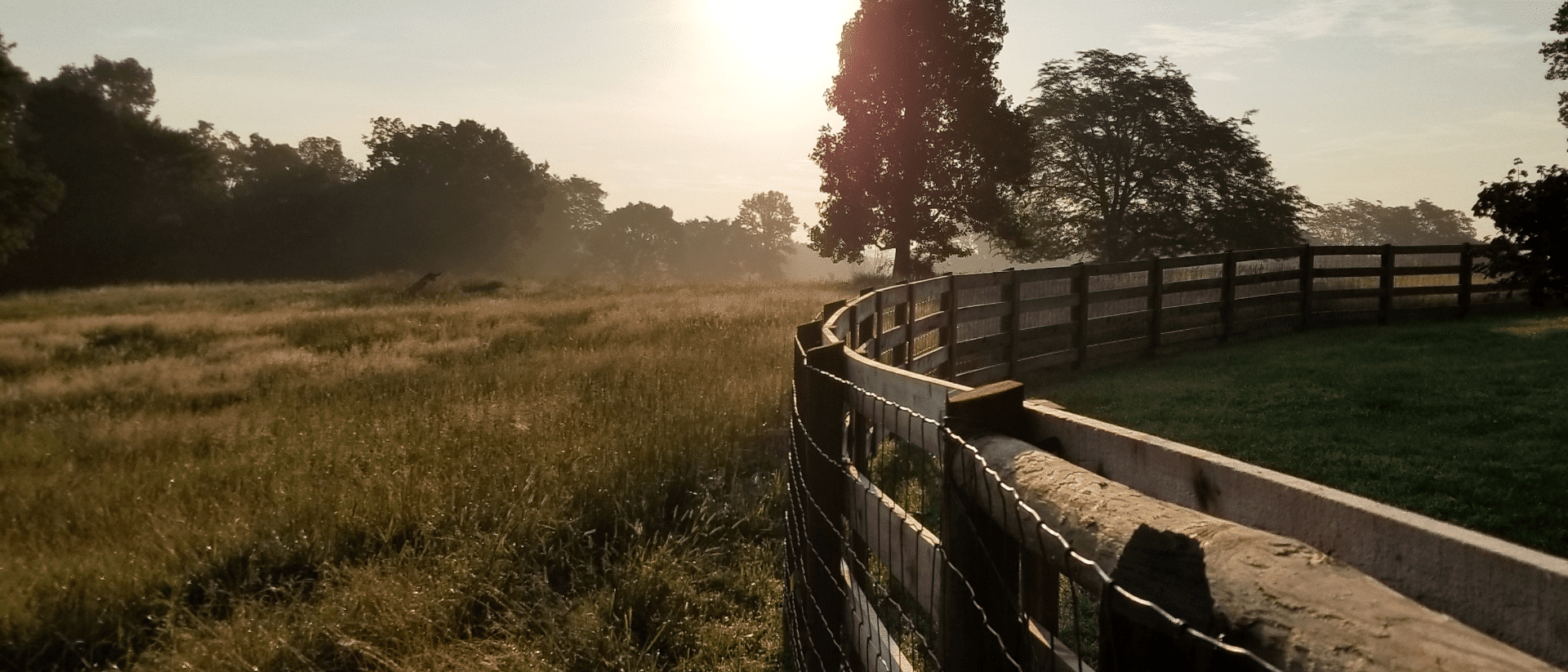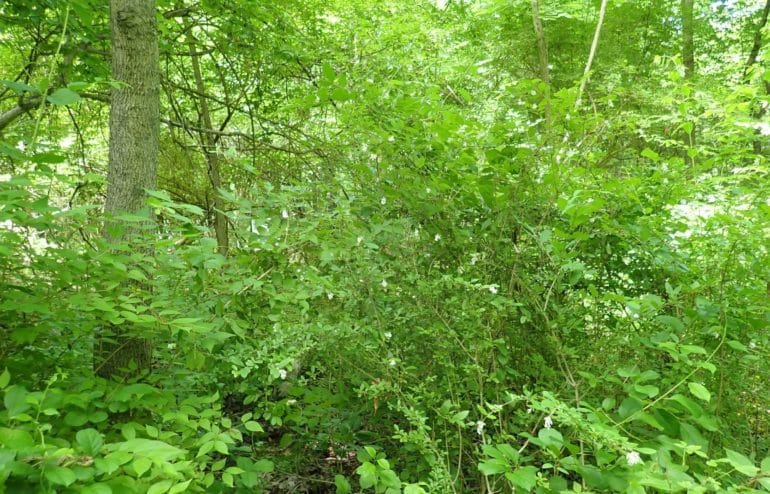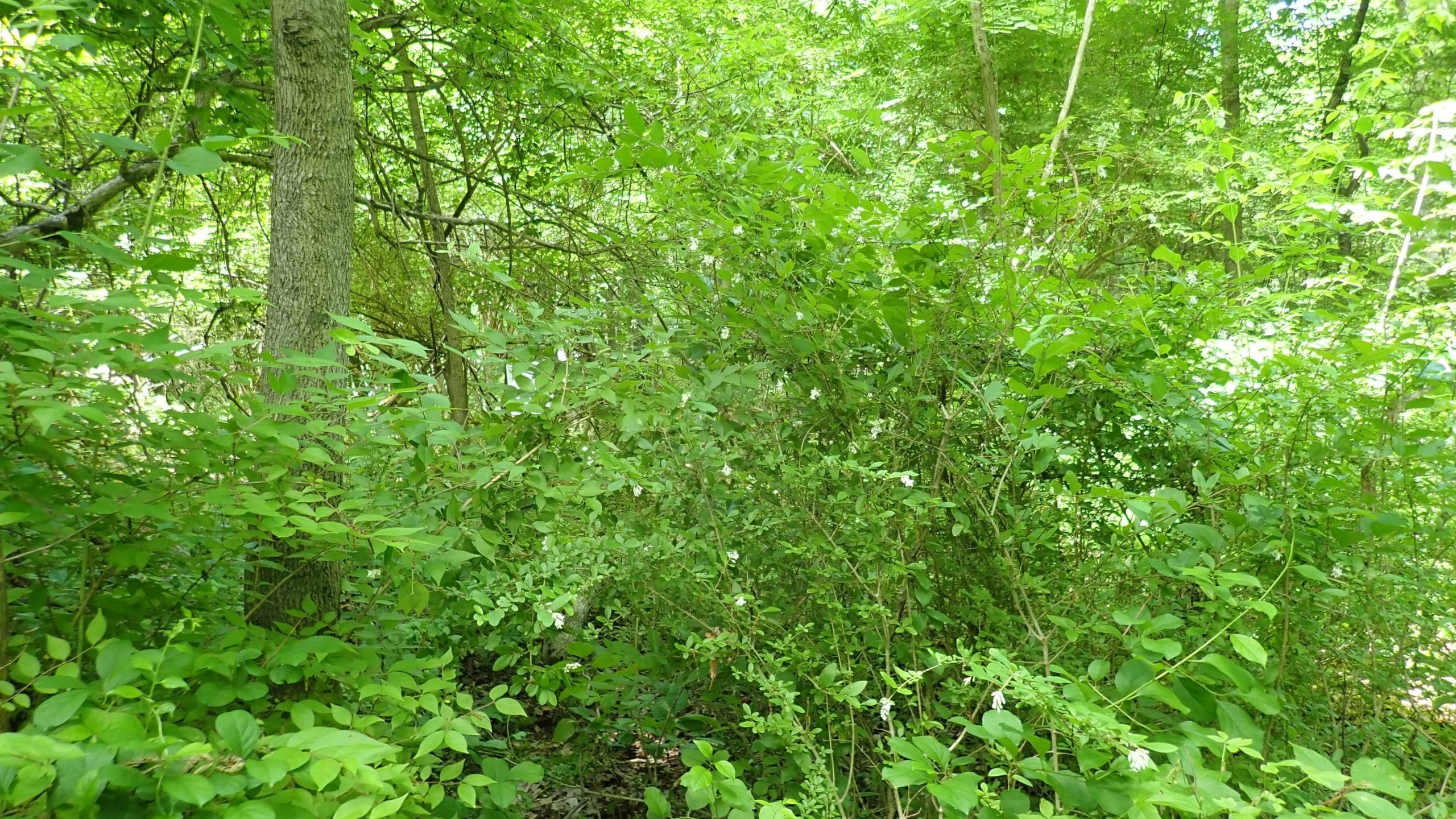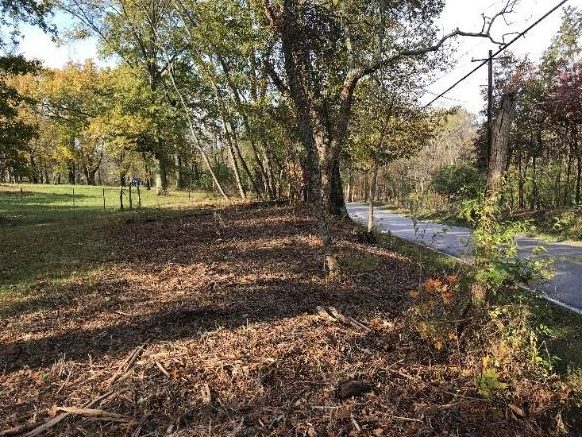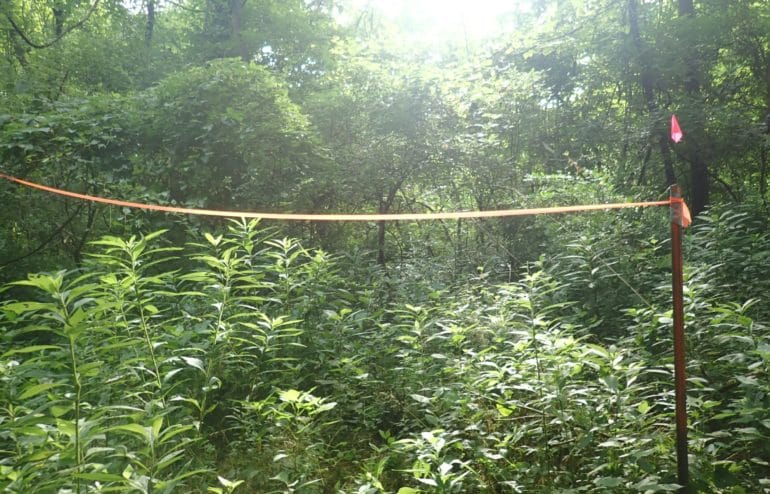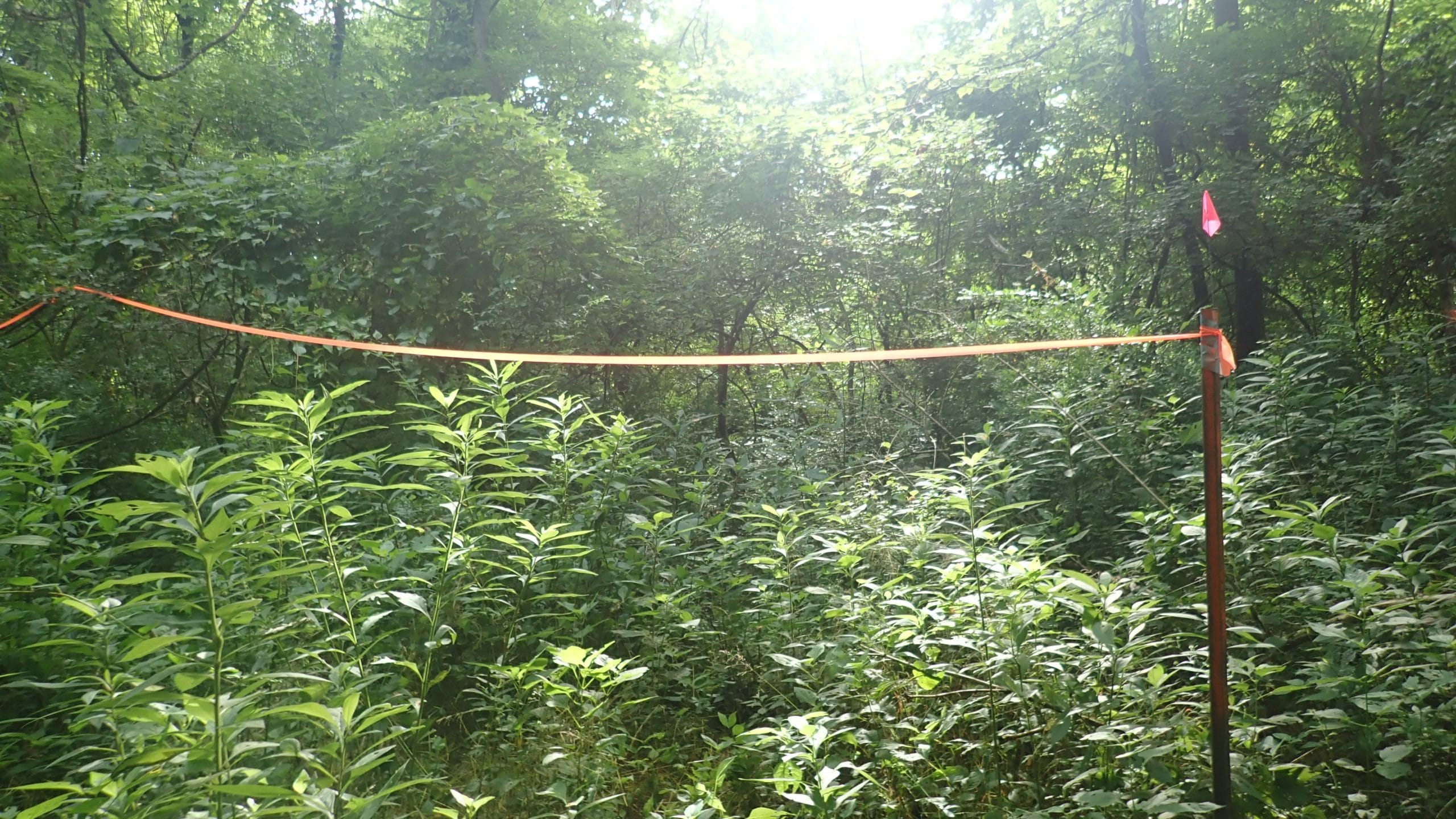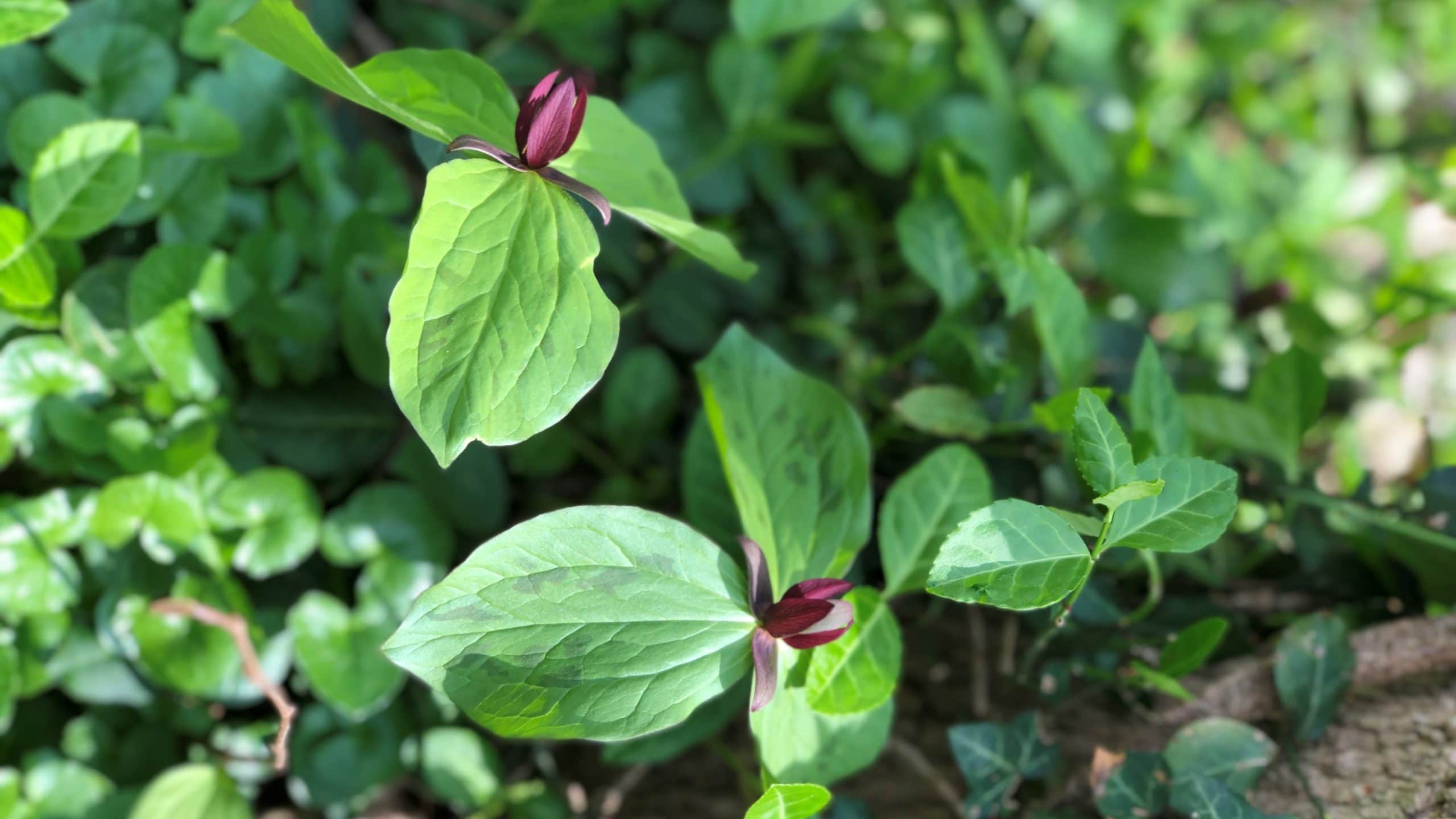
Where the Wildflowers are…
Being in the woods daily has given me a perspective on spring ephemerals that I have not experienced before. In the past, I would generally hike in the woods around April and “see what was blooming”. This year, I watched leaves emerge from the ground and in some cases knew exactly what flower was coming, but in other cases I had to wait several weeks for a flower in order to identify the species. The mottled waterleaf leaves emerged early but I saw no blooms until May. In some cases, I was waiting for a bloom that did not arrive (wild leeks- thank you Team Nature for that tip). Mayapple poked up its stems over the course of one weekend and I missed the bloodroot flowers completely. But now I have a better sense of what wildflowers are on the property and where they are blooming.
–Jennifer
